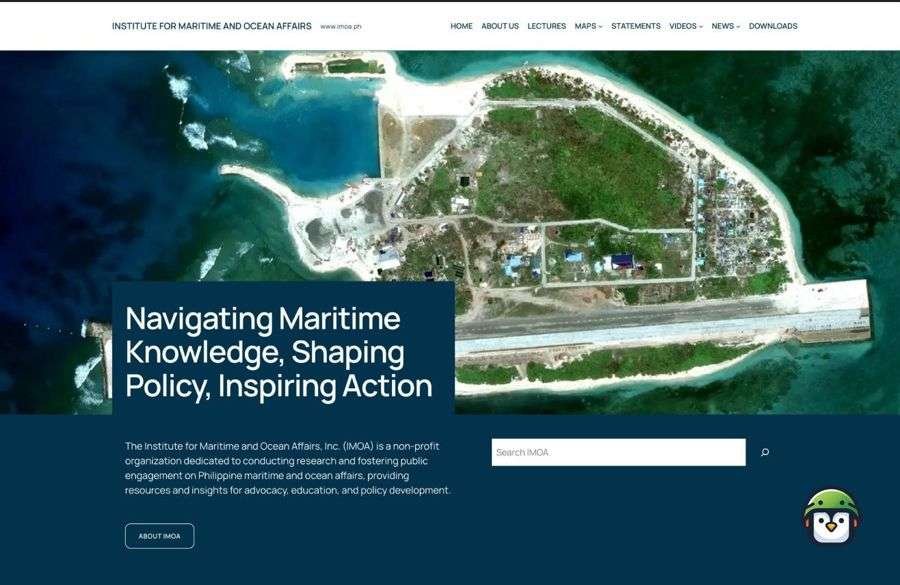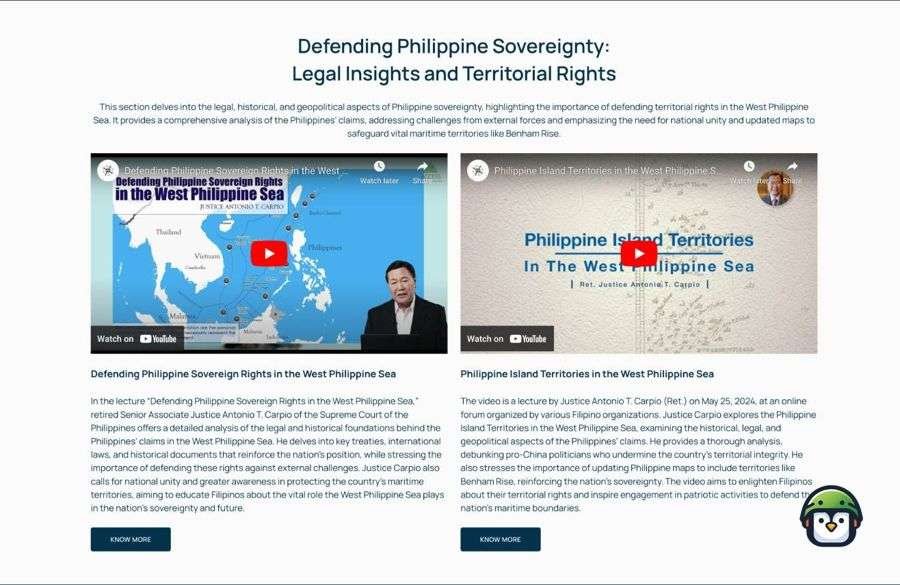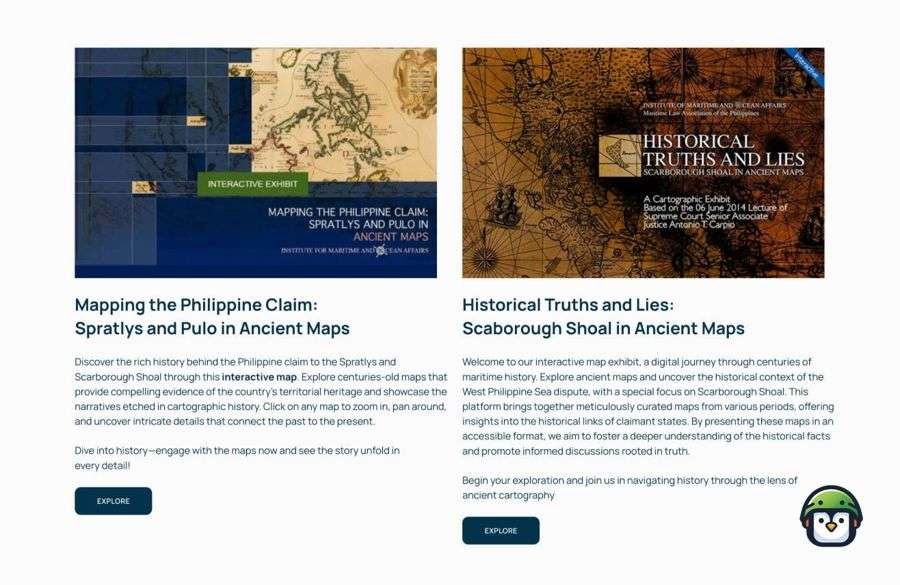
The IMOA website redesign marks a significant milestone in providing a centralized platform for maritime law, ocean governance, and policy discussions. The redesigned website serves as a crucial resource for scholars, policymakers, legal experts, and the general public interested in maritime issues. With a focus on accessibility, usability, and comprehensive content, the IMOA website redesign aims to facilitate informed discussions and provide authoritative resources on maritime and ocean affairs.
Table of Contents
The Institute for Maritime and Ocean Affairs, Inc. (“IMOA”) is a private, non-stock, non-profit corporation organized to conduct research, studies, and fora on maritime and ocean affairs of the Republic of the Philippines, and publish and disseminate the results of such research, studies, and fora through various media, including the hosting of a website for this purpose, for general information, advocacy, and educational purposes. The IMOA also engages the public and encourages participation in discussions regarding maritime and ocean concerns to provide valuable resources and feedback to policymakers, lawmakers, scientists, academicians, researchers, and other interested parties.
The IMOA website (www.imoa.ph) aims to reach and engage the public, and encourage wider participation in the shaping of public opinion, national policy, and strategy.






Development and Key Features
The development of the IMOA website redesign involved careful planning, design, and implementation to ensure a seamless user experience. The redesigned website features:
- A Comprehensive Resource Library – Hosting research papers, legal documents, and policy briefs on maritime law and ocean governance.
- User-Friendly Interface – Designed for easy navigation, allowing visitors to quickly find relevant materials.
- Interactive Tools – Including maps, data visualization, and case studies to enhance user engagement.
- Regular Updates – Ensuring the latest information on maritime disputes, legal interpretations, and international policies.
- Mobile Optimization – Providing access across multiple devices, including smartphones and tablets.
- All Articles Assigned Tags – Ensuring better content categorization and improved search functionality.
- Summaries and Key Points Added to Speeches, Lectures, and Statements – Helping users quickly grasp essential insights from lengthy documents.
- PDF Documents Served Locally and Provided Directly from the Page – Allowing for seamless access to critical legal and research materials.
- Interactive Maps – Users can zoom and pan to explore the validity of the Philippines’ claims on islands and maritime features in the South China Sea.
- Embedded Videos with Summaries and Key Points – Enabling visitors to engage with video content while quickly understanding key takeaways.
Overcoming Challenges
Launching the IMOA website redesign was not without its challenges. Some key hurdles included:
- Ensuring Accuracy and Credibility – The content underwent rigorous fact-checking and validation to maintain the highest standards of accuracy.
- Technical Infrastructure – A robust hosting and security setup was implemented to handle high traffic and safeguard against cyber threats.
- Content Organization – Structuring vast amounts of information in an intuitive and accessible manner required extensive planning.
Acknowledgment
We would like to express our deepest gratitude to Justice Antonio T. Carpio for his unwavering advocacy in ensuring our sovereign rights in the South China Sea/West Philippine Sea. His dedication and commitment have been instrumental in advancing maritime law and governance. We also extend our heartfelt thanks to him for his trust and confidence in us, as well as for the opportunity to work on this worthwhile project. His leadership and vision continue to inspire our efforts in strengthening maritime policy discussions and legal research.
Impact and Future Plans
Since the IMOA website redesign, the platform has received positive feedback from users, particularly scholars and legal experts. The redesign has significantly improved access to maritime-related legal resources, strengthening discourse on ocean governance. Moving forward, IMOA plans to expand the website’s capabilities by:
- Integrating More Interactive Features – Such as forums, webinars, and expert Q&A sessions.
- Expanding Multilingual Support – To cater to a broader global audience.
- Enhancing Research Collaboration – By providing a space for scholars to share insights and collaborate on maritime legal studies.
Conclusion
The IMOA website redesign represents a significant achievement in the realm of maritime and ocean affairs. By prioritizing accessibility, accuracy, and engagement, the redesigned platform has positioned itself as a vital hub for information and discourse in the field. With continued improvements and expansions, the IMOA website redesign is set to play an even greater role in shaping maritime law and policy discussions worldwide.
Looking ahead, the IMOA remains committed to advancing the discourse on maritime sovereignty and ocean governance. By leveraging technology and innovative digital tools, the IMOA website redesign will continue to empower scholars, policymakers, and the public to engage meaningfully in discussions that shape national and international maritime policies.

Leave a Reply